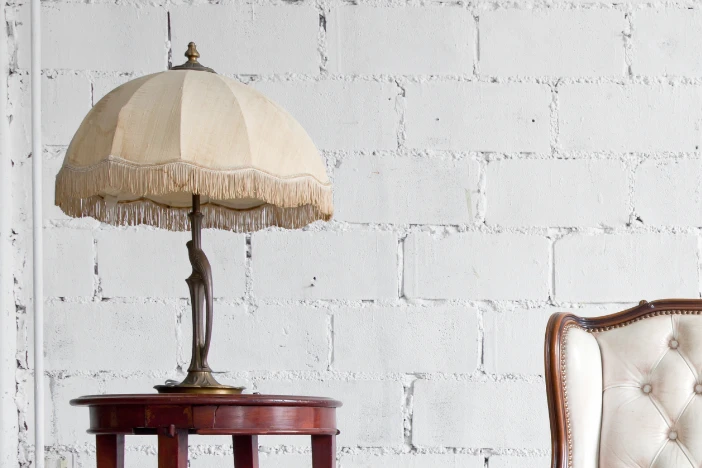
How do you pick the right lamp?
Decorating your house or apartment is exciting, but it can also be challenging. There are so many decisions to make: design style, color and price point for everything from furniture, rugs and accents to lighting. Choosing a lamp is an important step in creating a beautiful and livable home. But, which lamps should you buy? There are so many options for each room in your home and even more if you enjoy outdoor living on a patio or beneath a pergola or other shade structures. This guide was created to help you navigate some of the lamp choices and give insight into things important factors to think about.
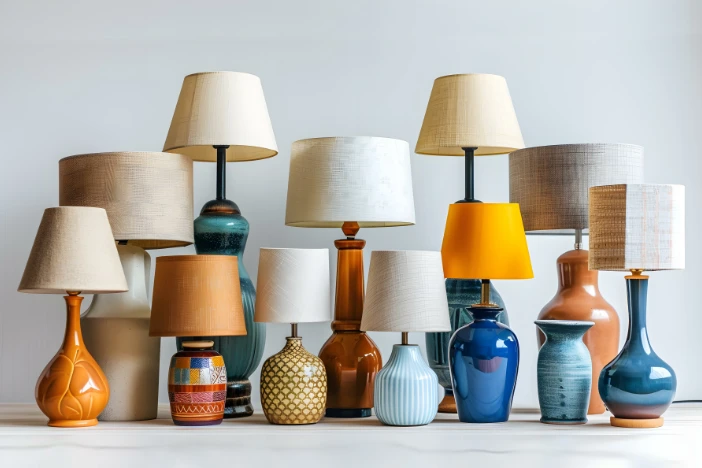
Considering the form and function of your lamp
One way to streamline the number of choices is to determine the function and form of your lamp. What kind of lighting do you need? Will it sit on the floor or a table, or will it be mounted on the wall? Do you intend to use it only inside or will you need to consider weather-resistant outdoor lamps as well? Once you have answers to these questions, picking the correct lamp will be easier.
Five basic types of lighting
Natural lighting
This is the light that occurs naturally in space during daylight hours. It can positively affect mental and emotional states by improving attitude and reducing stress. It also reveals the truest colors.
Ambient lighting
This form of lighting is often called “general lighting” and is intended to provide uniform overall illumination in a room. Typically, it’s what we think of when we flip on a light switch as we enter a space. Ambient lights are often ceiling fixtures or sconces, but they can also be portable or wall lamps.
Task lighting
This kind of lighting is illumination specific to performing a particular activity. For example, reading in a living room, doing paperwork in a home office or preparing food over a kitchen counter are all activities that benefit from additional brightness via task lighting.
Accent lighting (a.k.a. focal lighting)
This light creates an atmosphere or draws attention to a particular object or aspect of your home’s architecture or landscape. Maybe you have a particular piece of sculpture or artwork that you want to highlight. Perhaps it’s an antique china cabinet or a Zen garden bonsai tree. Some accent lighting focuses light precisely on whatever you want to call attention to indoors or outdoors. Other accent lights set the mood and tone with warm or cool colors, depending on the ambiance you want to create.
Decorative lighting
This lighting is for purely aesthetic purposes. Think of it as jewelry for architecture – ornamental lighting to catch the eye and reflect personal style or affluence. These lights typically do not emit light well, but simply add to the overall illumination in a minor way.
[M Karlen, C Spangler, JR Benya 2017]
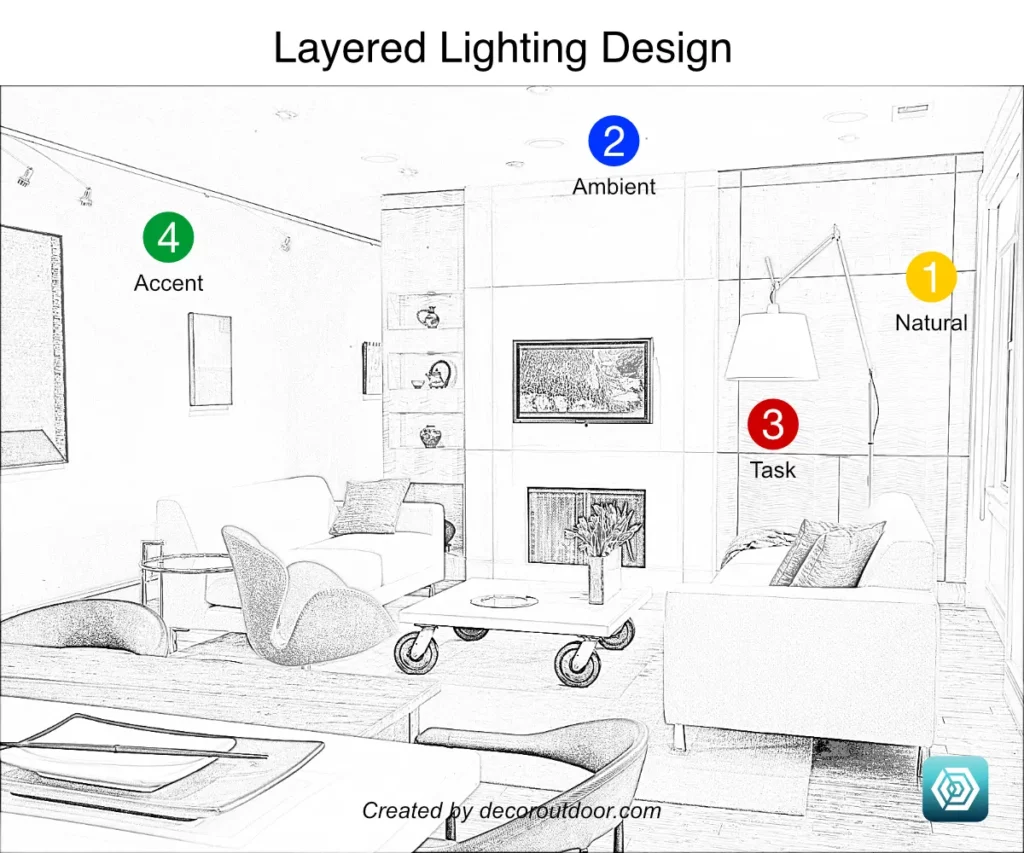
What is layered lighting?
Most rooms require some combination of the three lighting types. There’s always a need to move about easily. Usually, there’s a specific activity commonly done in the room. Finally, most rooms call for a certain mood or contain a decorative accent that you want to call out. A library, for example, requires ambient light to allow you to walk freely between tables and bookcases. It also needs task lighting to read the books and accent lighting to show off your Rothko print.
Proper layering ensures that the light is balanced and there are no unwanted shadows and minimal glare. When planning the layers of lighting, it’s usually a good idea to start with the general and move to the specific. However, you should prioritize your lighting based on the particular purpose of the space and adapt as needed.
Types of lamps
Once you’ve determined where your lamp will go and how it will be used, you still have many choices from which to select. There are essentially three primary categories of lamps: table lamps, floor lamps and wall lamps. The next sections of our thorough guide look at those lamp types, beginning with table lamps.
Frequently Asked Questions – Lamps
How do you clean brass lamps?
Brass has a shiny rich color that complements a variety of palettes and brings warmth to a home. It’s an alloy comprised of zinc and copper that tarnishes quickly when exposed to air. To minimize oxidation, some brass lamps have a lacquer coating. However, even when lacquered, brass eventually tarnishes over time. Cleaning tarnished brass lamps takes some work, but it’s worth the effort.
- Fill your bucket or sink with warm water and a squirt or two of dishwashing liquid. Soak a clean microfiber cloth and wring it until it is damp.
- Unplug your lamp and remove the light bulb and shade. Using the damp cloth, wipe and scrub the brass surface to remove loose dirt and dust.
- Clean nooks, crannies and other hard to reach areas with a soapy toothbrush.
- Dry the brass lamp with a soft hand towel.
- Take a clean cloth and apply the brass cleaner. Follow the manufacturer’s directions. Rub the cleaner into the brass using circular and back and forth motions, following the direction of the grain. Work in small areas, reapply the cleaner as needed. Continue working until the entire lamp is cleaned.
- Let the cleaner dry. Often times, it will turn into a light white film on the lamp’s surface. Wipe away the film with a soft cloth.
- Replace the shade and plug in your lamp – you’re done!
If the brass is lacquered, you will need to remove the coating before you can clean the tarnish. After the fourth step listed above:
- Go to a well-ventilated room and put on a pair of rubber gloves. Soak a cotton ball in ammonia or nail polish remover and wipe the lamp to remove the lacquer. Rewash the brass with soapy water and dry.
- After you’ve applied the cleaner, return to your ventilated area and spray the brass with a light coating of polyurethane or lacquer. Hold the spray can 6-8 inches from the metal and apply 2-3 light coats to ensure full coverage.
- Once the lacquer is completely dry, you can replace the bulb and shade. Plug the brass lamp back in and dust it lightly to keep it looking shiny and new.
How do you pack lamps for moving?
Lamps can be tricky items to pack, whether you’re moving across town or across the country. They come in odd shapes and sizes, and are more delicate than other household items. With a little planning and preparation, however, you can safely protect your lamps from being damaged in transit.
- Get your materials – Buy or find sturdy cardboard boxes that will accommodate your lamp base and shade individually. Be sure to accurately measure each piece to ensure that the boxes are large enough to fit them comfortably. You should also get plain newsprint paper, bubble wrap or packing peanuts. Lastly, you’ll need packing tape and a permanent marker.
- Separate the pieces of the lamp – First, unplug your lamp (of course). Unscrew the light bulb and remove the lamp shade before you pack anything. Even if you wrap everything up tightly, lamps can get jostled around and cause harps to bend, shades to dent and bulbs to shatter. It’s better to separate each piece at the beginning. Wrap the cord around the base and tuck the plug in to prevent it from unraveling.
- Wrap them up – If you bought newsprint or bubble wrap, spread a large sheet on a clean flat surface. Lay the lamp on its side in the middle, so that the protective material extends beyond the ends. Roll it up and secure the seam and ends with tape. If the base is particularly fragile (e.g. glass or ceramic), you might want to give it a second wrapping t make sure it’s adequately protected. Wrap the bulb and harp in newsprint and tape them closed.
- Box and label the base – Set the lamp in the box base down. If there’s room, you might want to tape the wrapped bulb and harp to the sides. Otherwise, you can pack them with the shade. Fill in any gaps between the base and box with packing material to prevent it from shifting during transport. Close the box and seal it shut with packing tape. Label the box with the marker and include the words “fragile” and “this end up” on all sides. To avoid confusion on the back end, you might also indicate in which room the lamp belongs.
- Box the shade – Place the shade in the other box. If it’s a paper or fabric shade, make sure your hands are clean, so you don’t leave dirty fingerprints. Gently cover the shade with packing material, but leave some room at the top. You don’t want it to be crushed, once you close and tape the box shut. If you have a Tiffany or glass lamp shade, you can be a bit more liberal with the bubble wrap or other material. Cover it completely and then fill in gaps like you did with the base.
References
- Karlen, M., Spangler, C., & Benya, J. R. (2017). Lighting design basics. John Wiley & Sons.


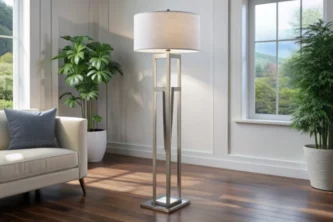
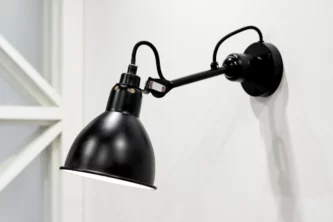
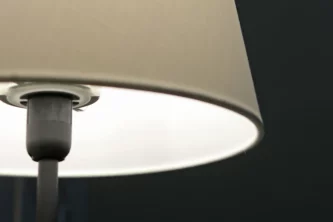
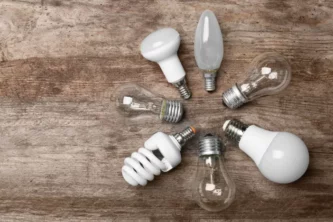




My mom has been thinking of decorating her lamps with new shades. It’s great that you noted that linen shades provide a subtle textured look and last longer. I’ll recommend her customizing her own but to consider linen fabric.
I want to redecorate a few rooms in my house and thought buying a few lamps could satisfy my needs. I never thought about the right lampshade that would need to go in my living that’s suitable for all types of activities like game nights or watching tv; I want to set the right mood for all occasions. When I look around for lamps, I’ll keep that tip in mind.
Thanks For Sharing this post.